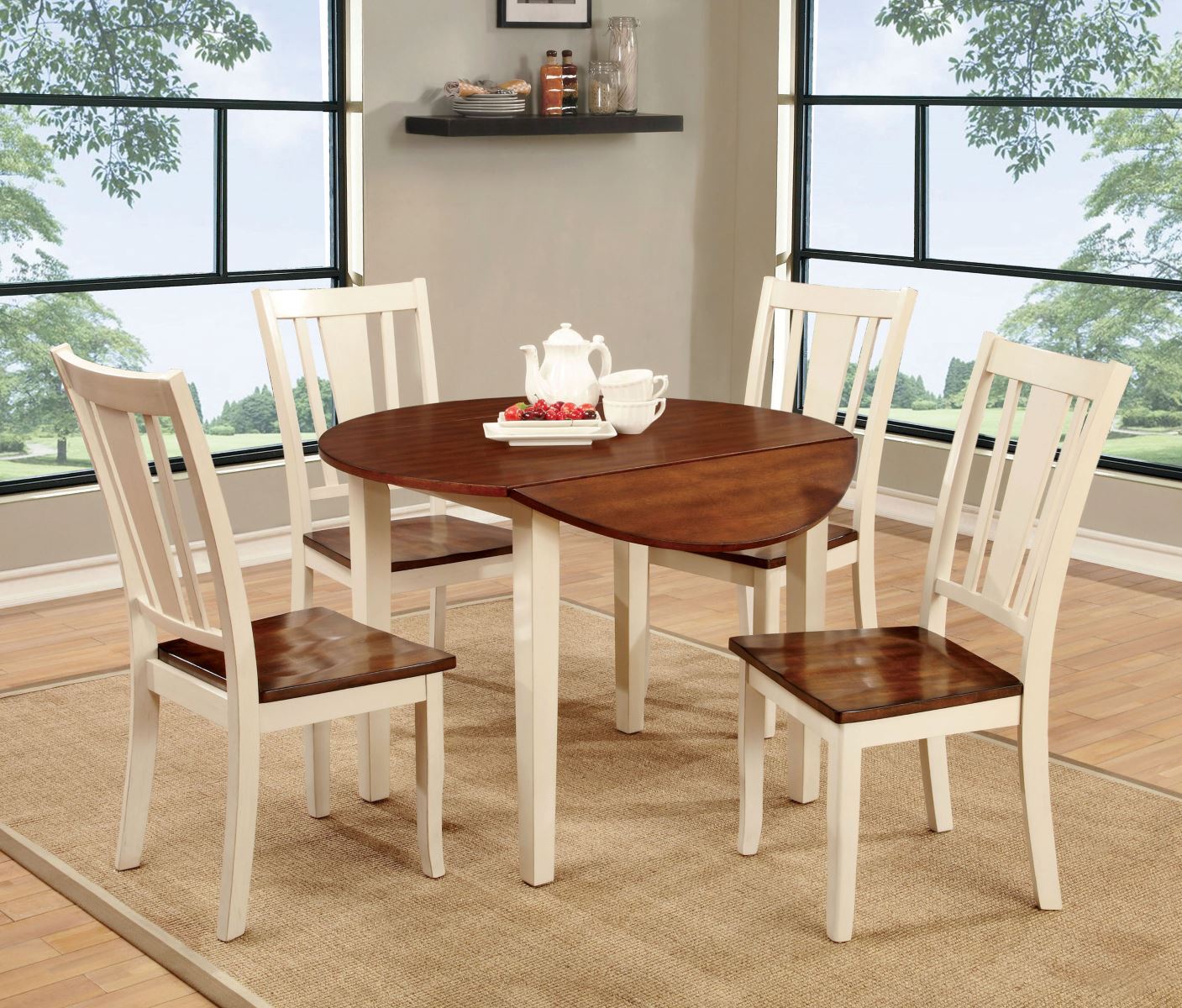

Articles
How To Store Table Leaves
Modified: January 18, 2024
Learn the best methods for storing table leaves in this comprehensive guide. Find tips and tricks for keeping your articles safe and organized for future use.
(Many of the links in this article redirect to a specific reviewed product. Your purchase of these products through affiliate links helps to generate commission for Storables.com, at no extra cost. Learn more)
Introduction
Having a table with extendable leaves can be a fantastic asset when you need extra seating for dinner parties or family gatherings. However, when those leaves are not in use, it’s important to store them properly to ensure their longevity and continued functionality. In this article, we will guide you through the steps for storing table leaves correctly.
Properly storing your table leaves will help prevent damage, such as warping or scratching, while keeping them in optimal condition for whenever you need to use them. By following these steps, you can ensure that your table leaves remain in excellent shape, ready to be seamlessly added to your dining experience.
Let’s dive into the steps for storing table leaves effectively.
Key Takeaways:
- Properly storing table leaves involves cleaning, choosing a suitable storage location, using protective coverings, storing them upright, ensuring proper climate control, and regularly maintaining them to preserve their quality and longevity.
- By following the steps outlined in this article, you can protect your table leaves from damage, such as warping, scratching, or cracking, and keep them in excellent condition for years to come.
Read more: How To Store Cilantro Leaves
Step 1: Clean and Prepare the Leaves
Before storing your table leaves, it’s crucial to clean them thoroughly to remove any dirt, dust, or spills that might have accumulated. Start by gently wiping the surface with a soft, lint-free cloth to remove loose debris. If there are any stubborn stains, you can use a mild detergent mixed with warm water to gently clean the affected areas.
After cleaning, make sure to dry the leaves completely to prevent any moisture from seeping in and causing damage. You can use a clean cloth or allow them to air dry naturally for a while.
Once the leaves are clean and dry, it’s time to prepare them for storage. If your table leaves have any detachable hardware, such as hinges or brackets, make sure to remove them carefully and store them separately. This will prevent any accidental damage or misplacement during the storage process.
Next, consider investing in protective coverings for your table leaves. These coverings can help shield them from dust, moisture, and other potential hazards while in storage. Look for coverings made of a breathable material, such as cotton or linen, that will allow air circulation and prevent the accumulation of moisture.
Before moving on to the next step, it’s essential to inspect the table leaves for any existing damage. Check for any signs of warping, cracks, or other issues that might require repair before storing. Addressing these problems in advance will help prevent further damage and ensure the longevity of your table leaves.
Step 2: Choose a Suitable Storage Location
When it comes to storing your table leaves, selecting an appropriate storage location is crucial. Ideally, you should choose a place that is clean, dry, and away from direct sunlight or extreme temperature fluctuations.
If you have a spacious storage room or a designated area for storing furniture, that would be an ideal option. Make sure the area is well-ventilated and away from any potential sources of moisture or humidity. Moisture can cause the wood to warp or even develop mold, so it’s vital to keep the storage environment as dry as possible.
If you don’t have a dedicated storage area, consider utilizing furniture storage bags or plastic containers with lids to protect the table leaves. These containers will shield the leaves from dust, water, and any accidental bumps or knocks that may occur during storage.
It’s also important to ensure that the storage location is not prone to extreme temperature variations. Fluctuating temperatures can cause the wood to expand and contract, leading to potential damage. If possible, choose a location that remains relatively stable in terms of both temperature and humidity.
If you have multiple table leaves, make sure to stack them carefully and securely, with protective cushioning material between each leaf to prevent scratching or denting. Avoid stacking too many leaves on top of each other to prevent excessive weight and potential damage.
By selecting a suitable storage location, you can provide the optimal conditions for your table leaves and ensure their longevity.
Step 3: Use Protective Coverings
Protective coverings play a vital role in safeguarding your table leaves from dust, moisture, and potential scratches. It’s important to choose the right type of covering to ensure maximum protection.
One popular option is to use padded storage bags specifically designed for table leaves. These bags are typically made of durable materials such as canvas or quilted fabric, providing a layer of cushioning to protect against any impact or accidental knocks. The padded interior prevents scratches and minimizes the risk of damage during storage.
When selecting a storage bag, make sure to choose the appropriate size that will comfortably accommodate your table leaves. Avoid choosing a bag that is too tight as it may put pressure on the leaves, potentially causing damage or warping.
If you don’t have access to specialized storage bags, you can also use blankets or moving blankets as an alternative. The padding provided by blankets helps protect the leaves from scratches and dings while providing an extra layer of insulation.
In addition to coverings, consider using acid-free tissue paper or bubble wrap to wrap the table leaves individually. This will provide an extra layer of protection against scratches and minimize the potential for any moisture seepage.
Remember to secure the protective coverings firmly around the table leaves to ensure they don’t slip or shift during the storage process. Use tape or straps to keep the coverings in place and prevent any accidental unwrapping.
By using suitable protective coverings, you can safeguard your table leaves and maintain their pristine condition for years to come.
Store table leaves flat to prevent warping. Use a storage bag or wrap in a soft cloth to protect from scratches. Keep in a dry, temperature-controlled area.
Step 4: Store the Leaves Upright
When it comes to storing table leaves, it’s crucial to store them upright rather than laying them flat. Storing them upright helps prevent warping and ensures that the weight is evenly distributed.
If you have a designated storage area with enough vertical space, you can stand the table leaves against a wall or use specially designed storage racks. These racks are typically adjustable and can accommodate various sizes of table leaves securely.
When placing the table leaves upright, it’s essential to make sure they are adequately supported to prevent any bending or flexing. You can use cushions or foam blocks to provide additional support and stability.
Alternatively, if you don’t have a dedicated storage area, you can lean the table leaves against a sturdy piece of furniture, such as a bookshelf or a cabinet, as long as they are secure and won’t tip over.
It’s important to avoid stacking table leaves on top of each other in a flat position. Stacking them horizontally can cause extra pressure on the lower leaves, potentially leading to warping or other damage.
Remember to leave sufficient space between the table leaves to ensure proper air circulation and minimize the risk of any accidental knocks or scratches.
By storing your table leaves upright, you can maintain their structural integrity and prevent any distortions or damages that may occur when stored flat.
Read more: How To Store Banana Leaves
Step 5: Ensure Proper Climate Control
Proper climate control is essential for storing table leaves, as it helps maintain the ideal environment to prevent damage caused by fluctuations in temperature and humidity.
It is recommended to store the table leaves in a room with a consistent temperature and humidity level. Extreme temperature variations can cause the wood to expand and contract, leading to warping or cracking. Similarly, high humidity levels can encourage the growth of mold and mildew, while low humidity can cause the wood to dry out and potentially crack.
Aim for a temperature range between 60 to 75 degrees Fahrenheit (15 to 24 degrees Celsius) and a relative humidity level between 40 to 50 percent. This moderate climate will help preserve the integrity of the wood and prevent any moisture-related issues.
Consider using a dehumidifier or humidifier in the storage area, depending on your local climate conditions, to maintain the desired humidity level. Regularly monitor the temperature and humidity levels using a hygrometer to ensure they stay within the recommended range.
Avoid storing the table leaves in areas that are prone to extreme temperature fluctuations, such as attics, basements, or garages. Additionally, keep them away from heating or cooling vents that can create localized temperature variations.
If you live in an area with particularly high humidity or dryness, you can use moisture absorbers or humidity control packets in the storage area to help regulate the humidity levels.
By ensuring proper climate control in the storage area, you can protect your table leaves from potential damage and ensure their longevity.
Step 6: Regularly Check and Maintain the Leaves
Even though your table leaves are safely stored, it’s important to regularly check on them and perform maintenance to ensure their continued quality.
Set a schedule to inspect your table leaves every few months or at least once a year. Check for any signs of damage, such as warping, cracks, or scratches. If you notice any issues, address them promptly to prevent further deterioration.
Inspect the protective coverings as well. Make sure they are still in good condition and provide adequate protection. If necessary, replace them with new coverings to maintain optimal preservation.
During your inspections, also check the storage area for any signs of pests, such as insects or rodents. Implement pest control measures if necessary to prevent any damage to your table leaves.
Additionally, periodically clean the table leaves to remove any dust or debris that might have accumulated. Use a soft, lint-free cloth or a gentle cleaning solution to wipe down the surfaces. Ensure that you dry them thoroughly afterward before returning them to storage.
Lastly, keep an eye on the climate control of the storage area. Monitor the temperature and humidity levels to ensure they remain within the recommended range. Adjust the settings or use additional measures, such as dehumidifiers or humidifiers, as needed.
By regularly checking and maintaining your table leaves, you can catch any issues early on and take the necessary steps to preserve their quality and prolong their lifespan.
Conclusion
Properly storing your table leaves is essential for maintaining their quality and ensuring their longevity. By following the steps outlined in this article, you can protect your table leaves from damage, such as warping, scratching, or cracking, and keep them in excellent condition for years to come.
Start by cleaning and preparing the leaves, removing any stains or dirt that may have accumulated. Choose a suitable storage location, preferably one that is clean, dry, and away from extreme temperature fluctuations. Use protective coverings, such as padded storage bags or blankets, to shield the leaves from dust and moisture.
Store the table leaves upright to prevent warping and distribute the weight evenly. Ensure proper climate control in the storage area, maintaining a moderate temperature and humidity level to avoid any damage caused by fluctuations.
Regularly check and maintain the leaves, inspecting for any signs of damage and cleaning them periodically. Keep an eye on the storage environment and make necessary adjustments to maintain the ideal conditions.
By following these steps, you can ensure that your table leaves remain in excellent shape, ready to be effortlessly added to your dining occasions whenever needed.
Incorporate these best practices into your table leaf storage routine and enjoy the benefits of having well-preserved, functional table leaves for the long term.
Frequently Asked Questions about How To Store Table Leaves
Was this page helpful?
At Storables.com, we guarantee accurate and reliable information. Our content, validated by Expert Board Contributors, is crafted following stringent Editorial Policies. We're committed to providing you with well-researched, expert-backed insights for all your informational needs.
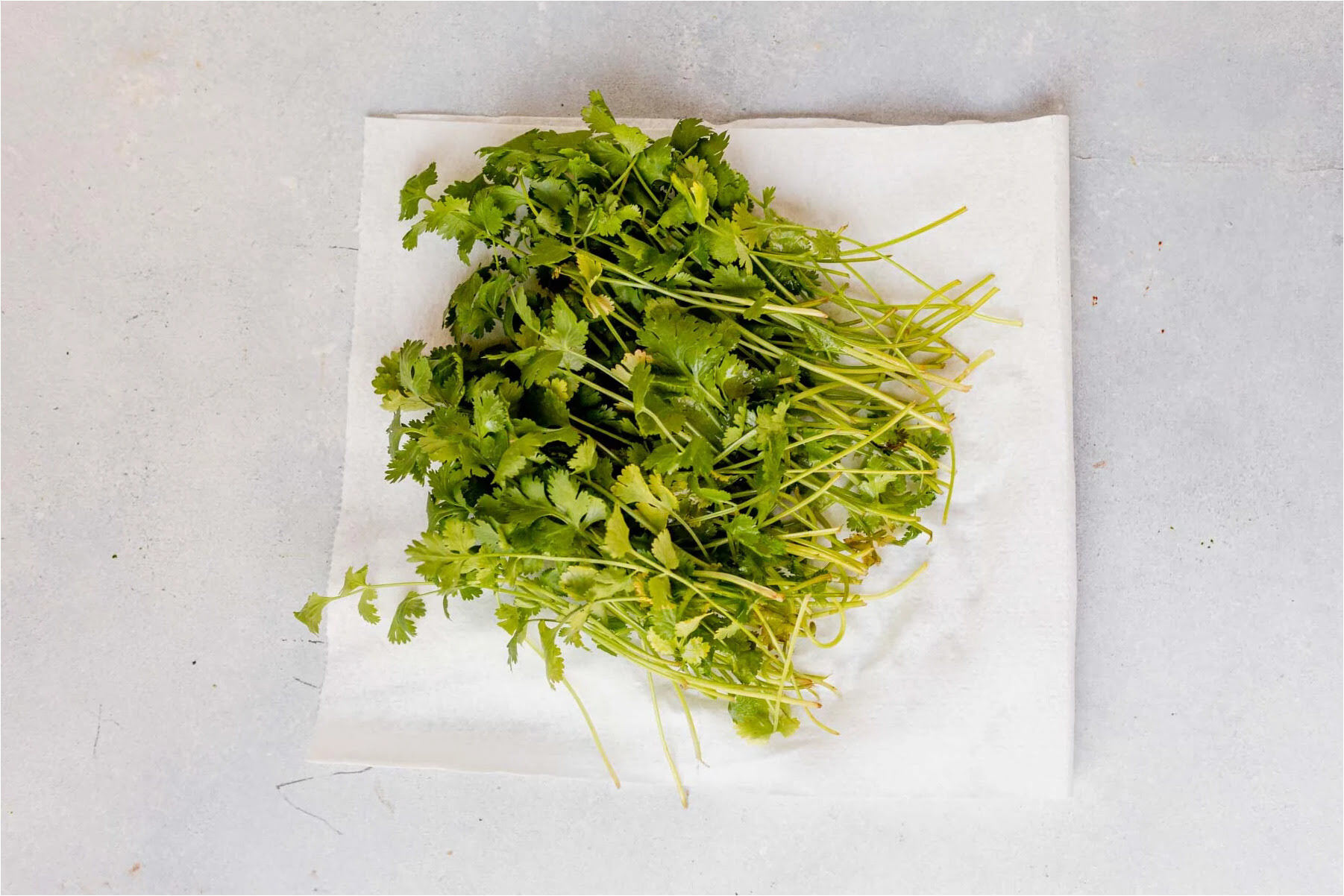
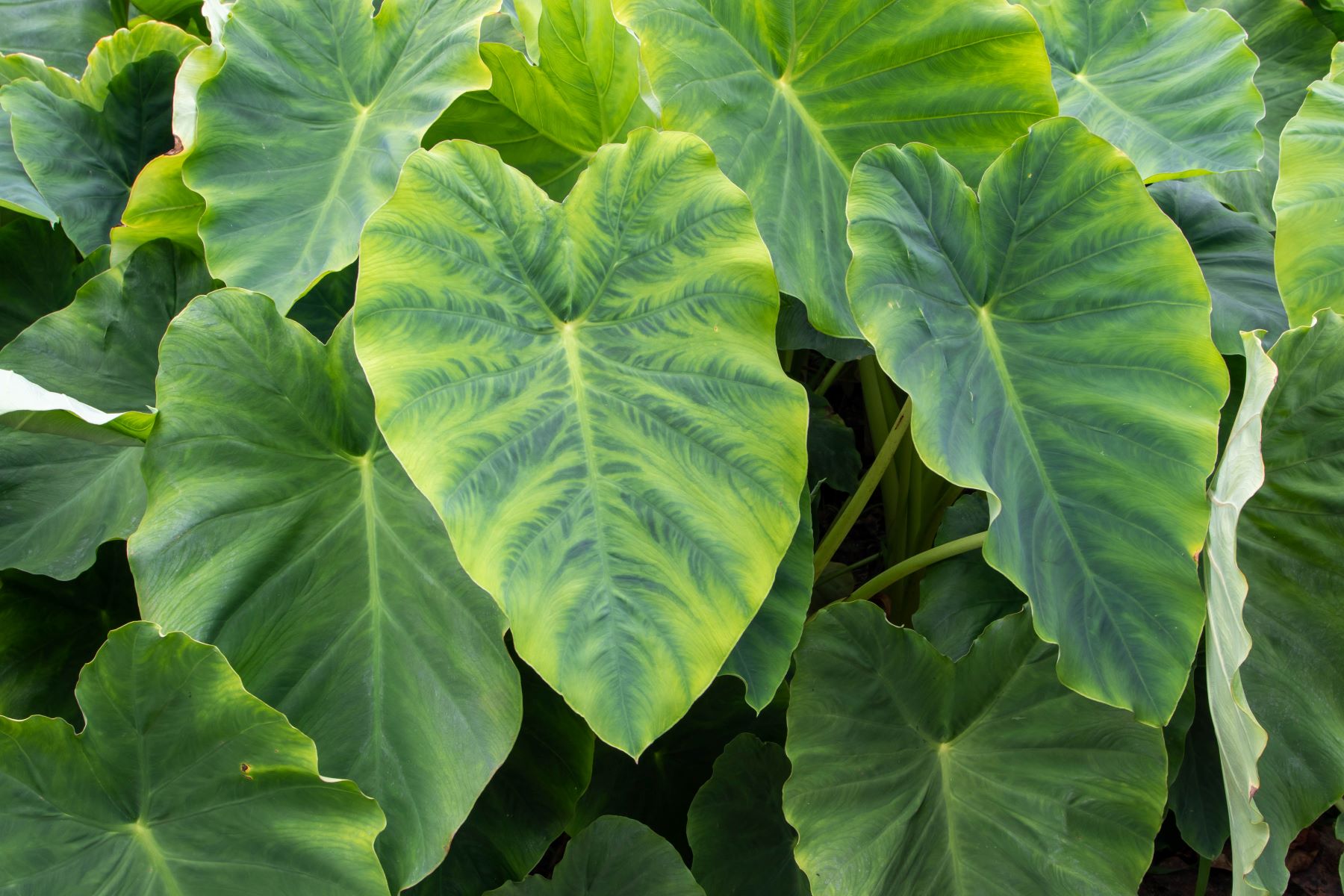
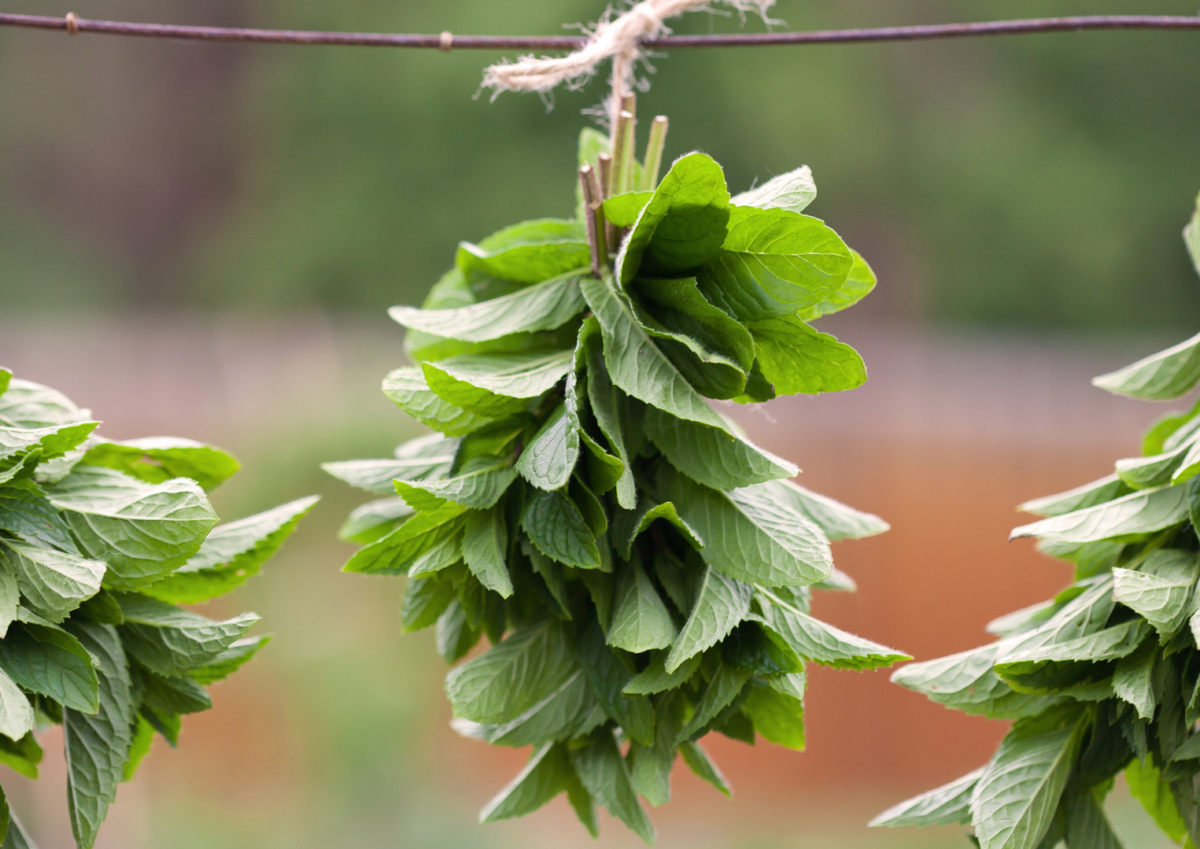
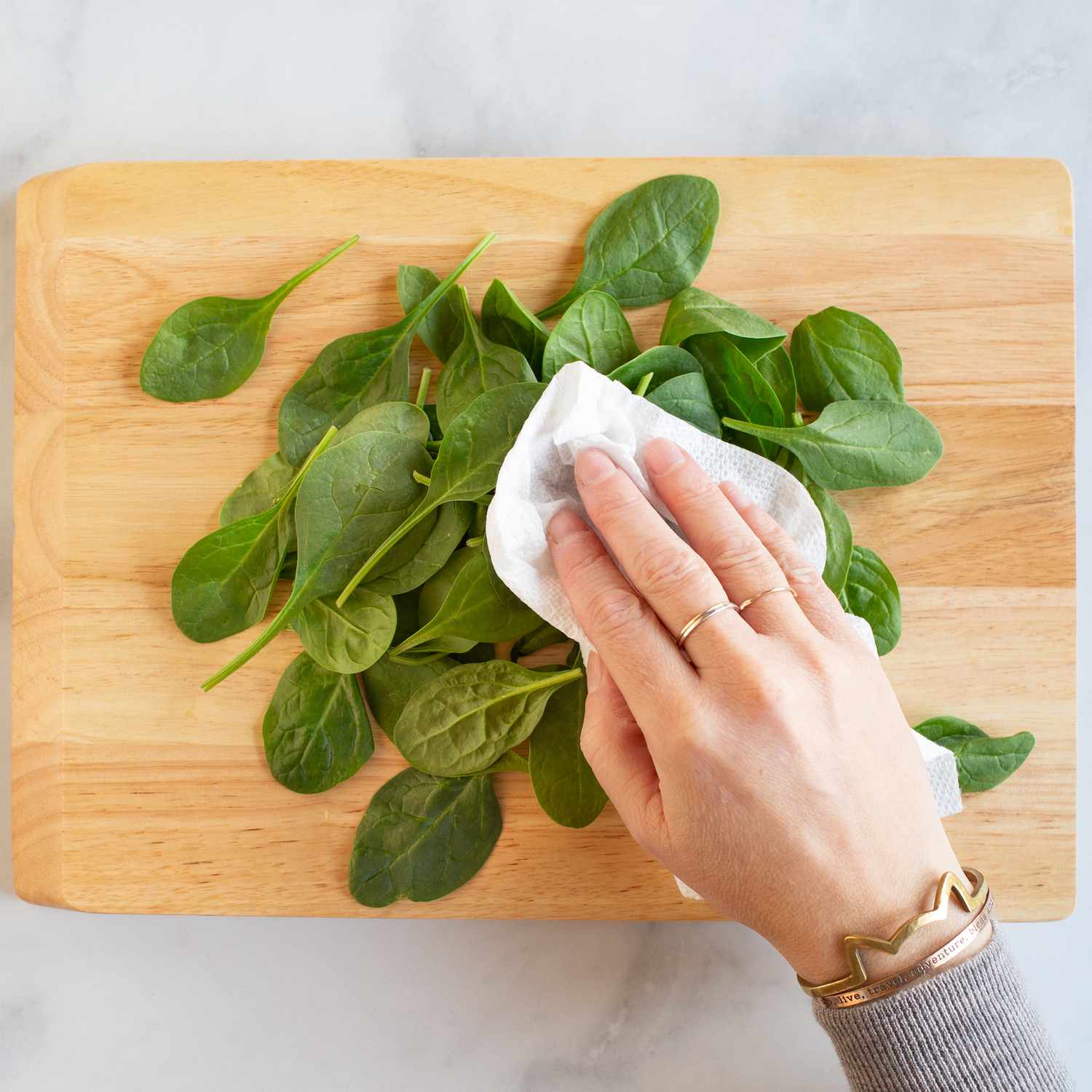
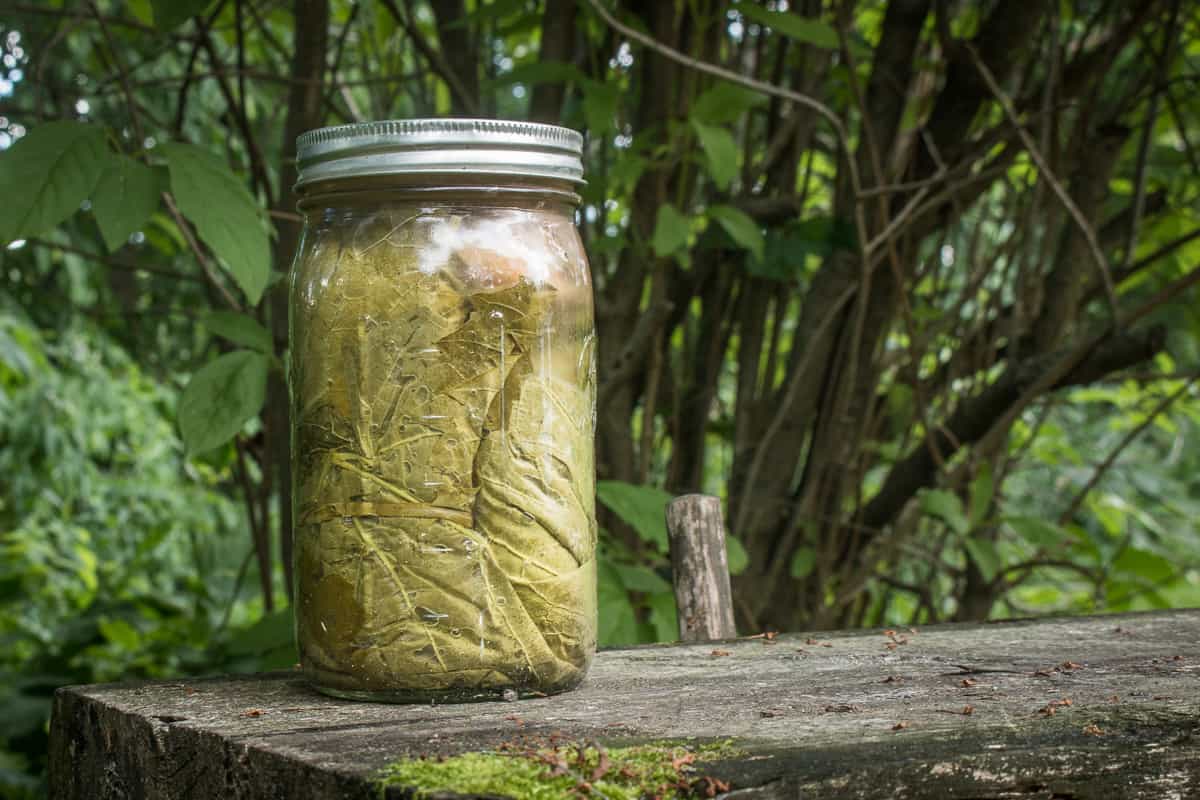
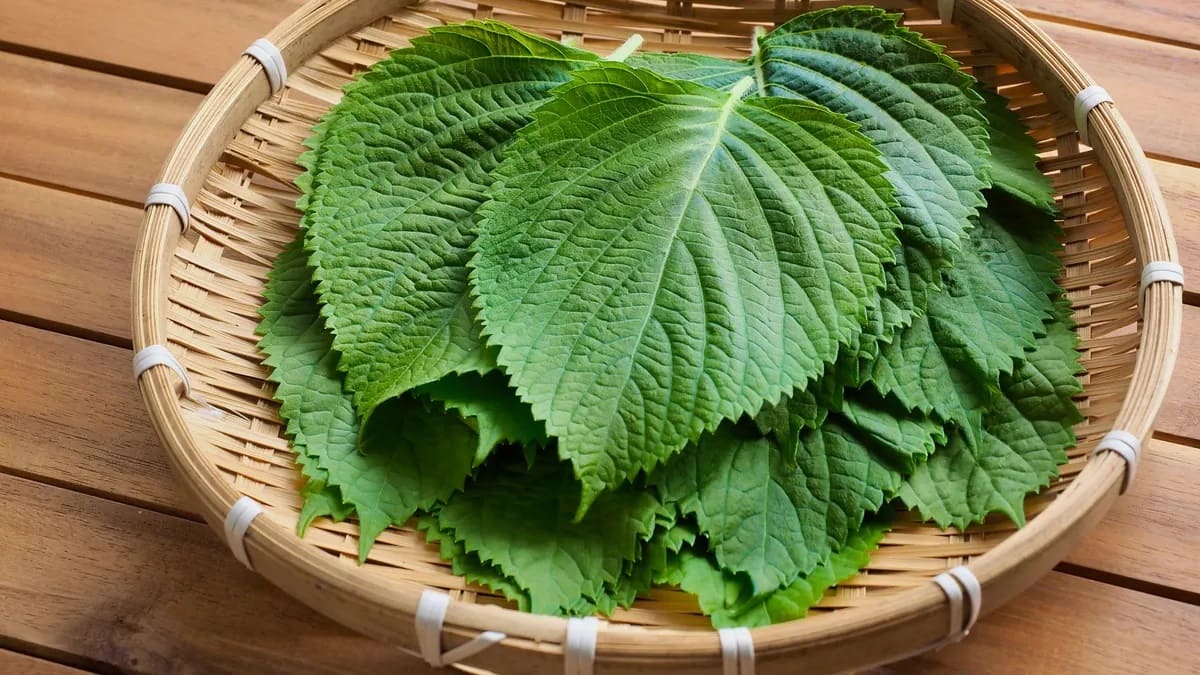
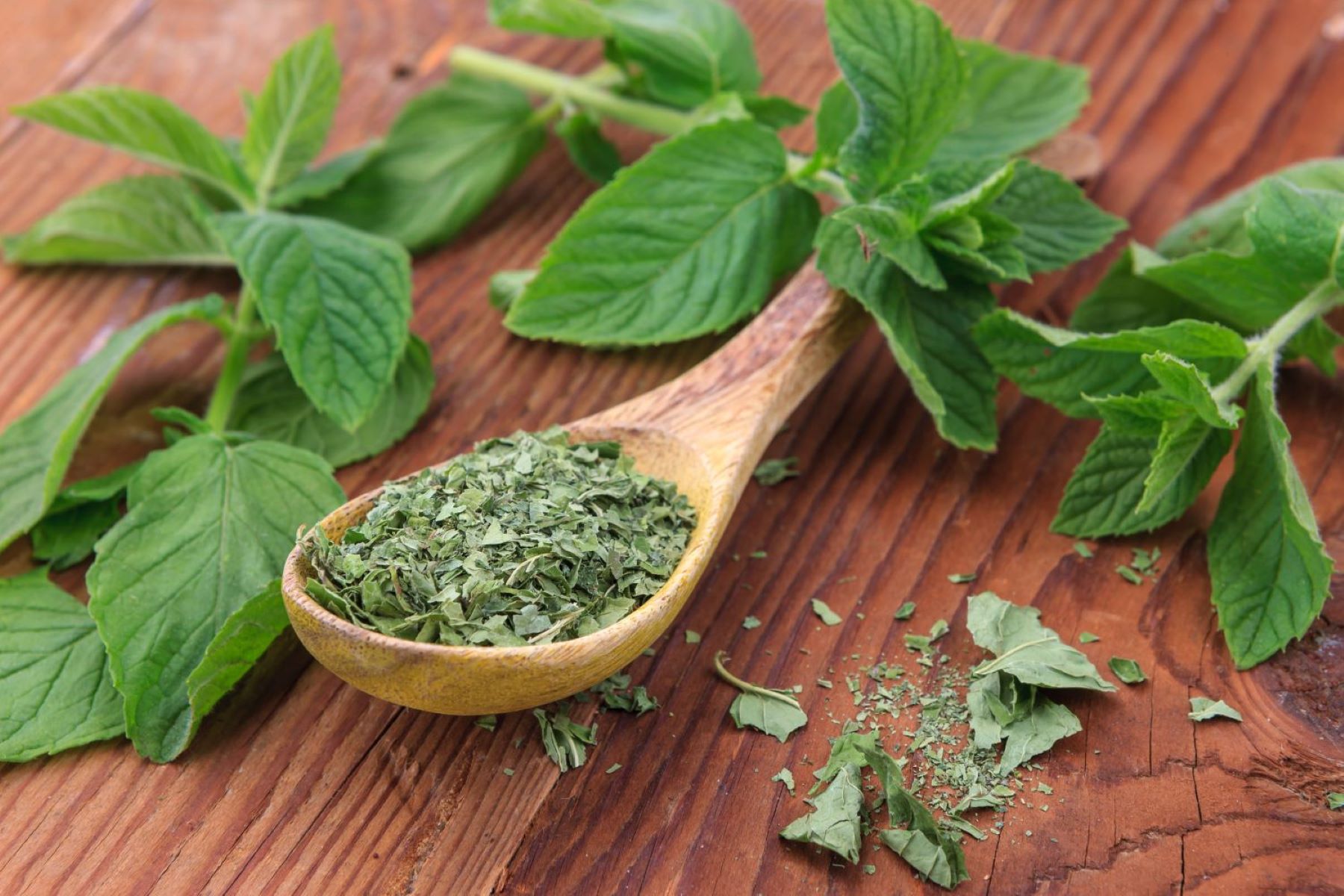


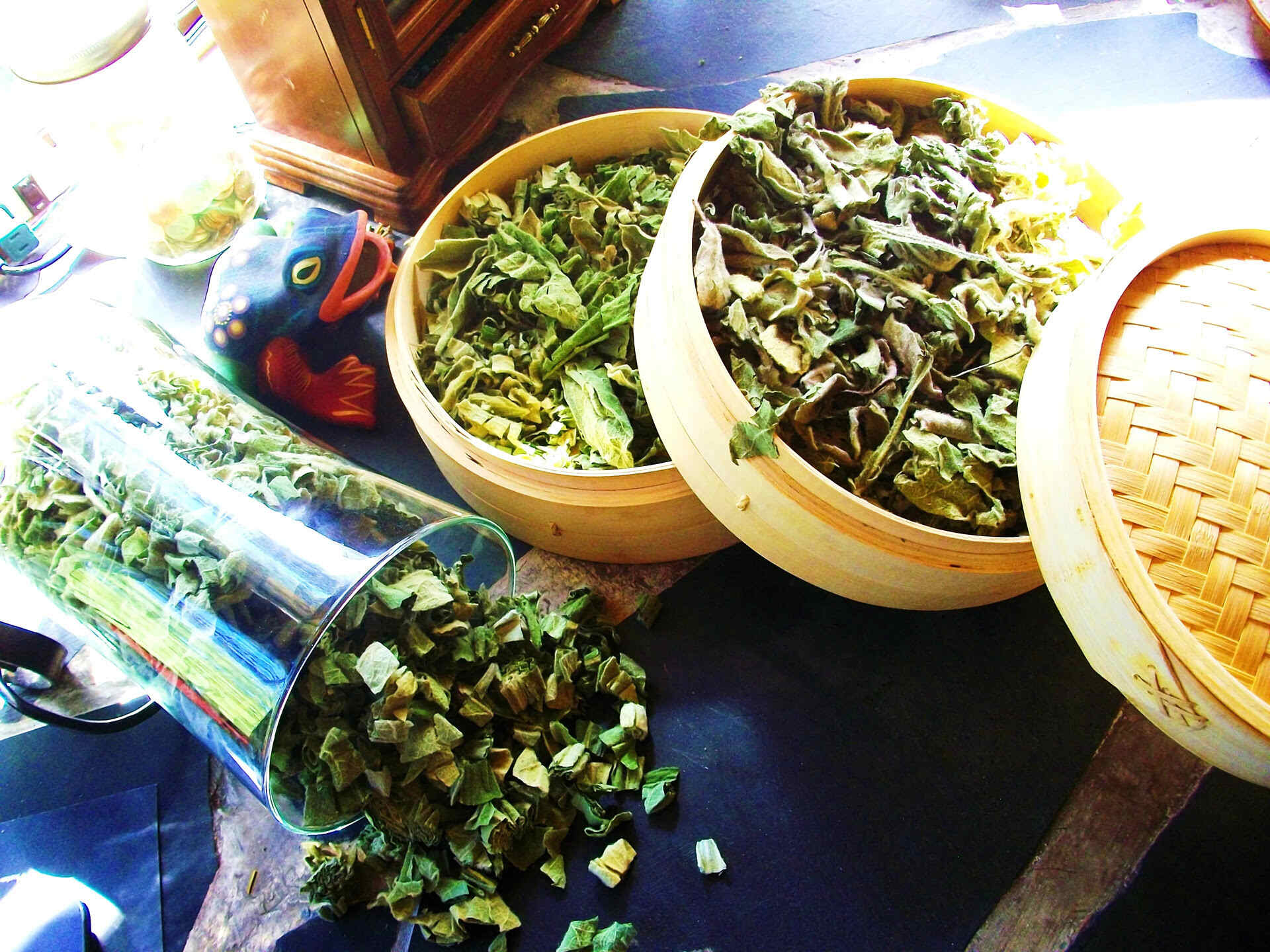
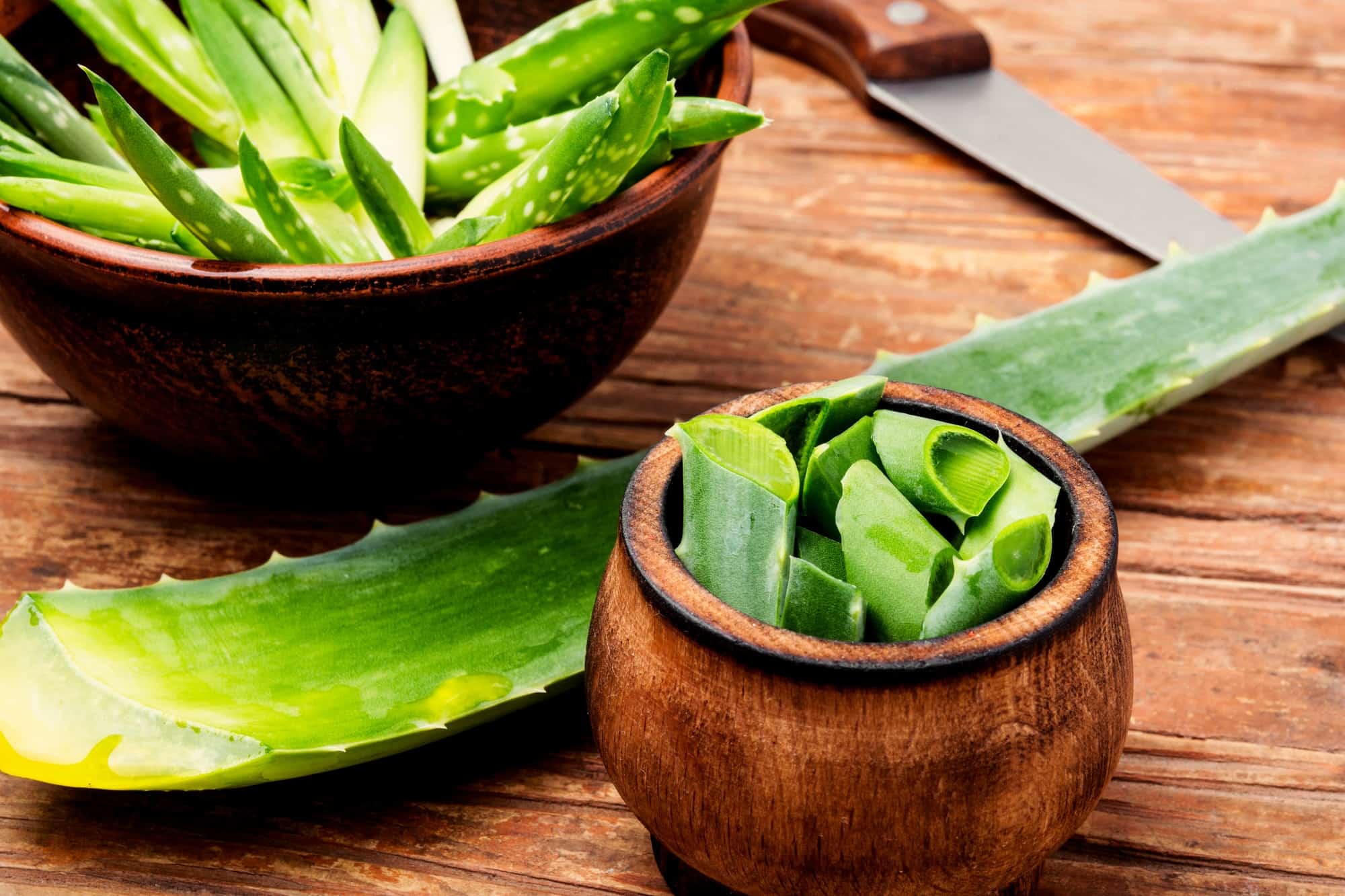
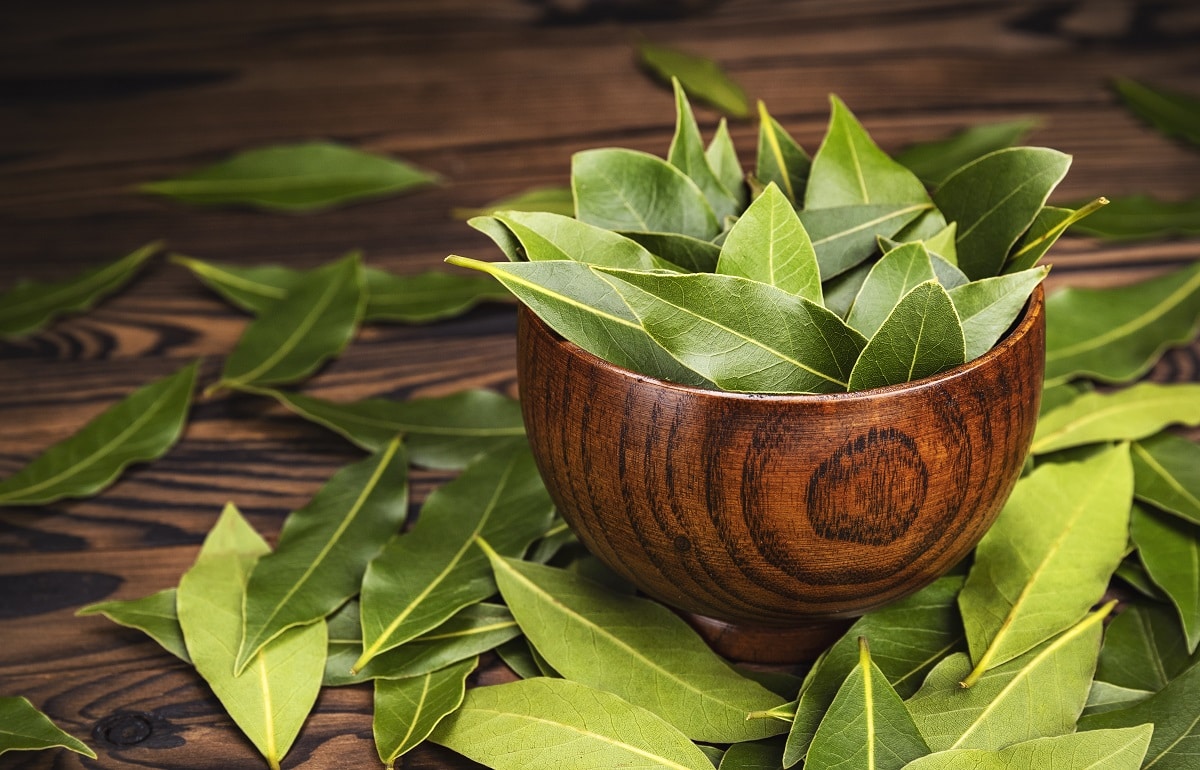
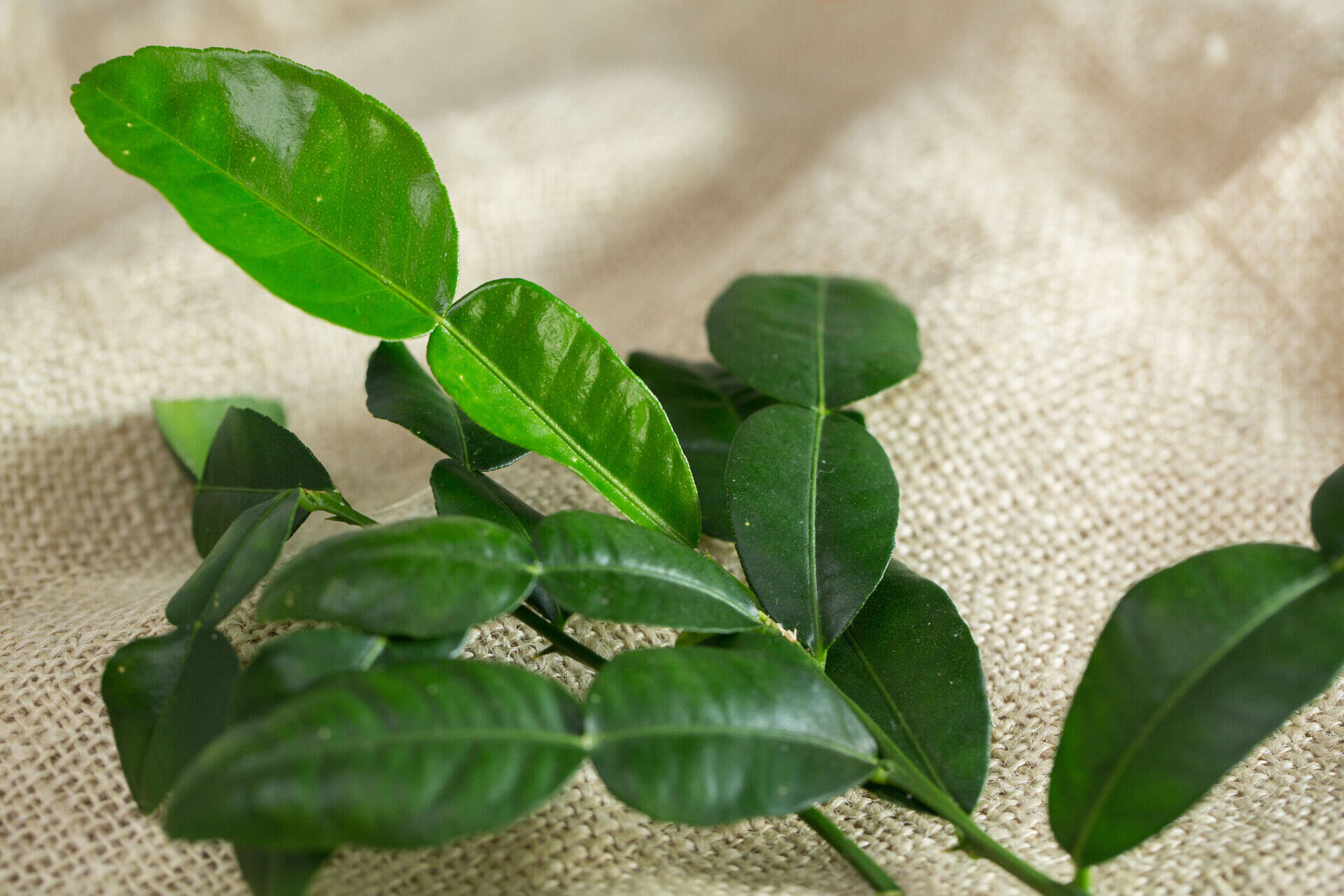
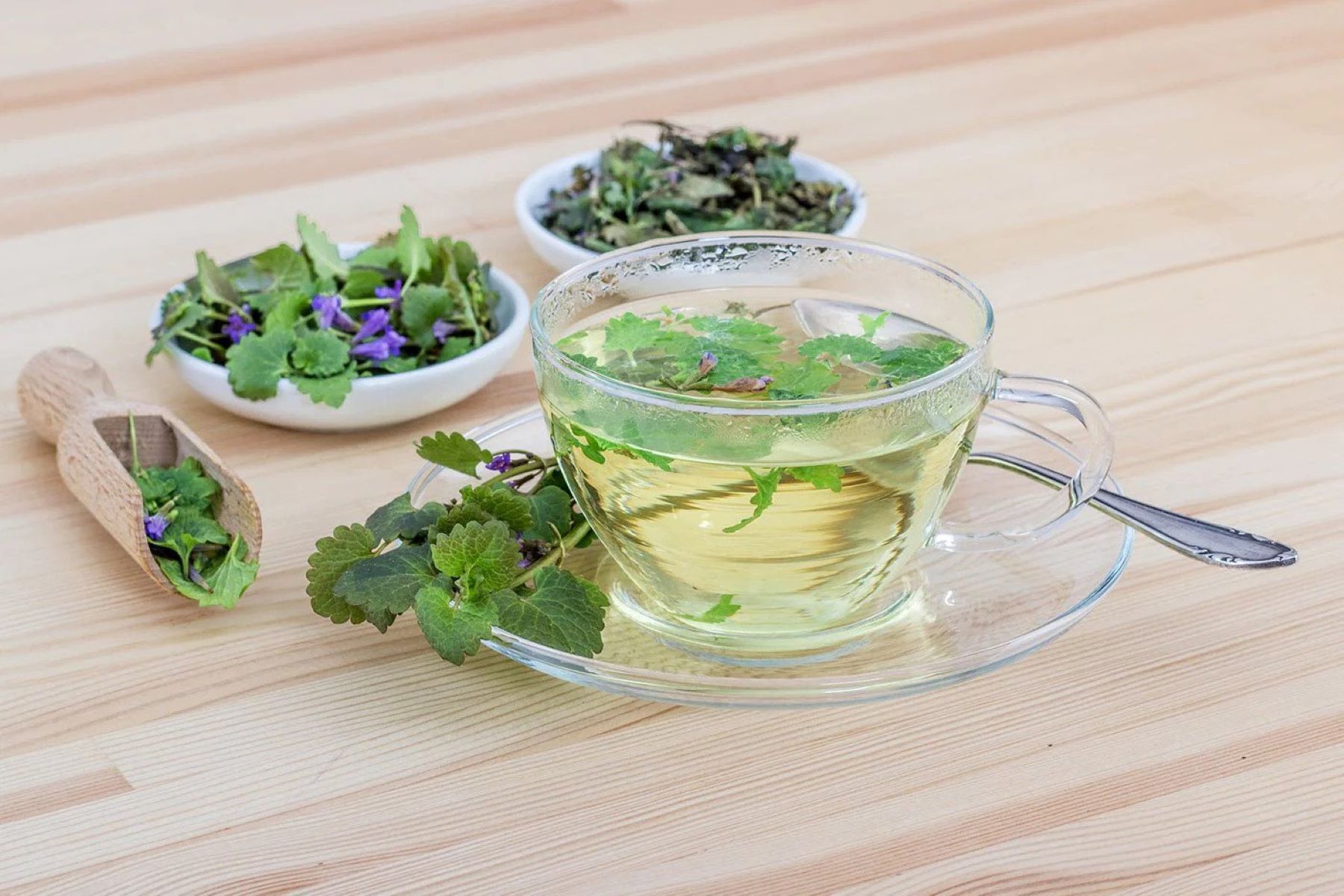

0 thoughts on “How To Store Table Leaves”